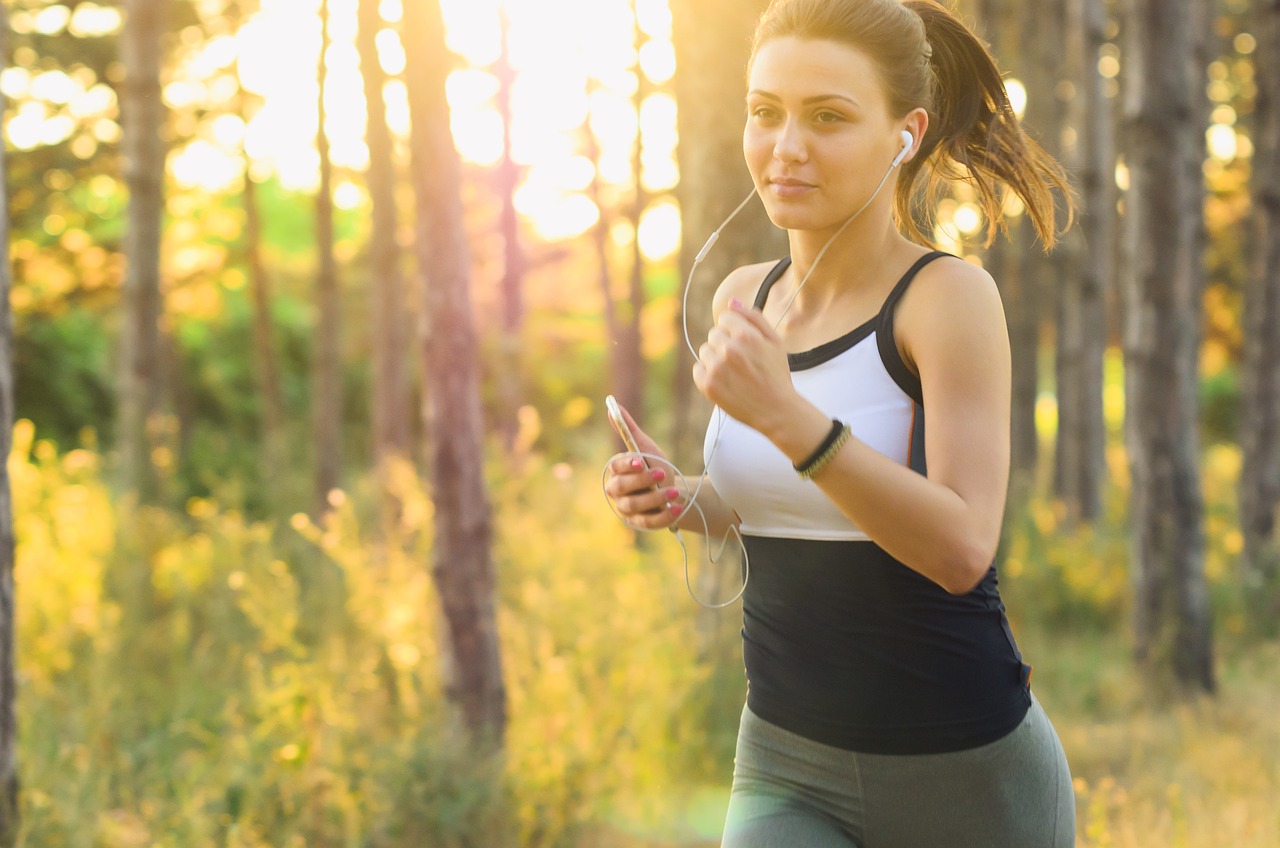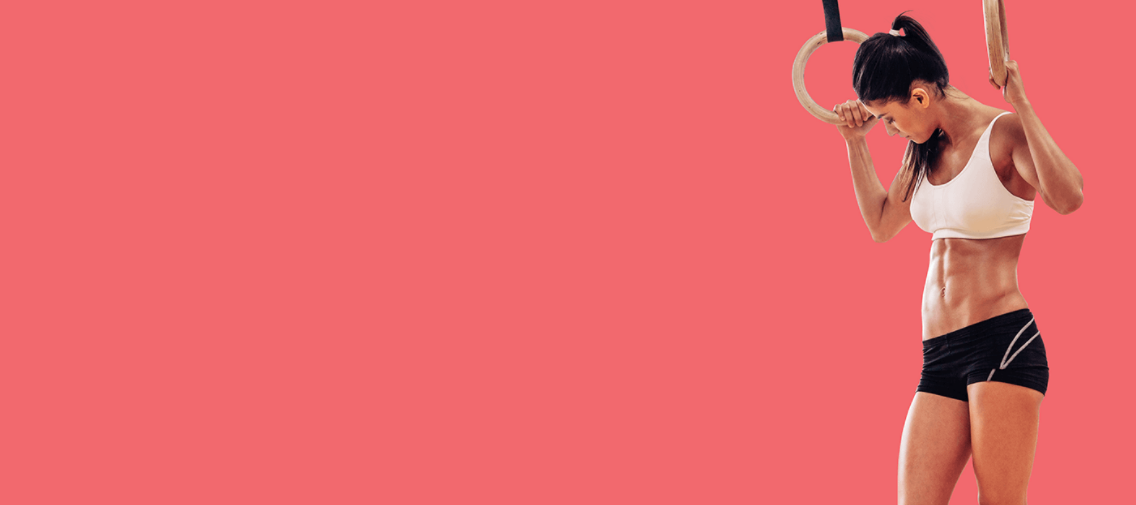The short answer is running is far from the best type of exercise for people looking to build their glutes, but with some modifications then it can be useful. Meaning that yes, running can build glutes if done correctly.
Running is of course one of, if not the most popular form of cardiovascular exercise. And as you'd expect with that it offers numerous health benefits, including improved cardiovascular fitness, increased endurance, and weight management.
However, if you're focusing on your glutes, you should be aware that running primarily targets the lower body muscles, such as the quadriceps, hamstrings, and calves. Whereas the impact on glute development can vary depending on various factors. The main factor being the incline you're running on, in short if you want to build your glutes by running then run uphill.
Don't Run On Flat Ground For Building Glutes
To understand how uphill running affects glute development, we need to examine the mechanics of this particular form of running. When we run uphill, our knees are forced to lift higher, resulting in a greater range of motion at the hip joint. This increased hip extension places a greater demand on the gluteal muscles, as they have to work harder against gravity to push us up the incline. [1]
Research has shown that running uphill significantly increases glute activation compared to running on a flat surface. A study published in the Journal of Strength and Conditioning Research [2] found that uphill running elicited significantly higher glute activation than running on a level surface.
This suggests that running uphill can be an effective way to target and strengthen the gluteal muscles, although, we proably didn't need a study to back this particular point as it's pretty easy for you to feel the difference testing it out yourself, even walking uphill it's easy to notice greater glute activation.
Long-Distance Running vs. Sprinting
Long-distance running and sprinting engage different muscle fibers and utilize different energy systems, resulting in distinct effects on glute development. Long-distance running primarily activates type I muscle fibers, also known as slow-twitch fibers, which are responsible for endurance activities. These muscles are utilized during lower-intensity, long-duration activities like long-distance running, cycling, and swimming. While long-distance running can improve overall lower body strength and endurance, it may not directly contribute to significant glute muscle growth.
On the other hand, sprinting and high-intensity interval training (HIIT) involve type II muscle fibers, also known as fast-twitch fibers. These muscles are responsible for explosive movements and are engaged during short bursts of intense activity. Sprinting and HIIT workouts can specifically target and activate the glute muscles, promoting muscle growth and toning.
So With This In Mind, Can Running Build A Bigger Butt?
Yes, but you're likely going to have to focus on hill sprints, not simply going for a light jog in the park if you want to engage those glute muscles enough for any noticeable difference. That means uphill runs at high intensity, a walk back down and a repeat. It's not an activity that a lot of people enjoy and as such there are better ways to work on your glutes and do cardio at the same time. Most notably the stepper, or simply walking flights of stairs.
Better Exercises for Glute Muscle Development
While running can be an effective way to target and strengthen your glutes, incorporating other exercises into your routine can further enhance glute muscle development. Here are some exercises that can complement your running workouts and help build a bigger butt:
Squats
Squats are a compound exercise that targets multiple muscle groups, including the glutes, quadriceps, and hamstrings. To perform a squat:
- Stand with your feet hip-width apart.
- Engage your core and keep your chest lifted.
- Slowly lower your hips back and down, as if you are sitting into a chair.
- Keep your knees in line with your toes and lower until your thighs are parallel to the ground.
- Push through your heels to return to a standing position.
Lunges
Lunges are another effective exercise for targeting the glutes, as well as the quadriceps and hamstrings. To perform a lunge:
- Stand with your feet hip-width apart.
- Take a step forward with your right foot, keeping your torso upright.
- Lower your body until your right thigh is parallel to the ground, with your right knee directly above your ankle.
- Push through your right heel to return to the starting position.
- Repeat on the other side, alternating legs.
Glute Bridges
Glute bridges specifically target the glute muscles and can be performed with just your bodyweight or with the addition of resistance bands or weights. To perform a glute bridge:
- Lie on your back with your knees bent and feet flat on the ground.
- Engage your core and squeeze your glutes as you lift your hips off the ground.
- Hold for a moment at the top, ensuring your hips are fully extended.
- Slowly lower your hips back down to the starting position.
- Repeat for the desired number of repetitions.
Step-Ups
Step-ups are a functional exercise that mimics stair climbing and activates the glutes, quadriceps, and hamstrings. To perform a step-up:
- Stand in front of a step or elevated platform.
- Step onto the platform with your right foot, pushing through your heel to lift your body up.
- Bring your left foot up to meet your right foot on the platform.
- Step back down with your left foot, followed by your right foot.
- Repeat on the other side, alternating legs.
Deadlifts
Deadlifts are a compound exercise that primarily targets the posterior chain, including the glutes, hamstrings, and lower back. It can be performed with a barbell, dumbbells, or kettlebells. To perform a deadlift:
- Stand with your feet hip-width apart and the weight in front of you.
- Hinge at your hips, keeping your back straight and core engaged.
- Grip the weight with an overhand or mixed grip, shoulder-width apart.
- Push through your heels and lift the weight, extending your hips and standing tall.
- Lower the weight back down, maintaining control and keeping your back straight.
Incorporating these exercises into your fitness routine can help target and strengthen your glute muscles, complementing the effects of running.
References
1 - https://www.ncbi.nlm.nih.gov/books/NBK538193/
2 - https://www.ncbi.nlm.nih.gov/pmc/articles/PMC7039033/




